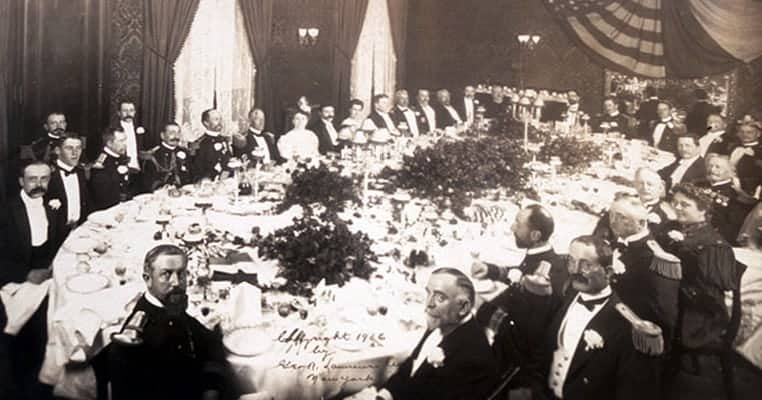During the 1800s, the United States had no federal income tax, something that sounds like a luxury that we could only dream of — imagine getting to keep your hard-earned money.
While life for the urban poor during this time was known to be particularly harsh, there were some who benefitted immensely: wealthy capitalists known as robber barons. Due to a lack of business regulations, they were able to monopolize entire industries and build immense wealth that we can scarcely imagine. With no income tax to eat away at their profits, many of them had no idea what to do with so much money. Keep reading to learn more about the jaw-dropping spending habits of the people from the Gilded Age.


